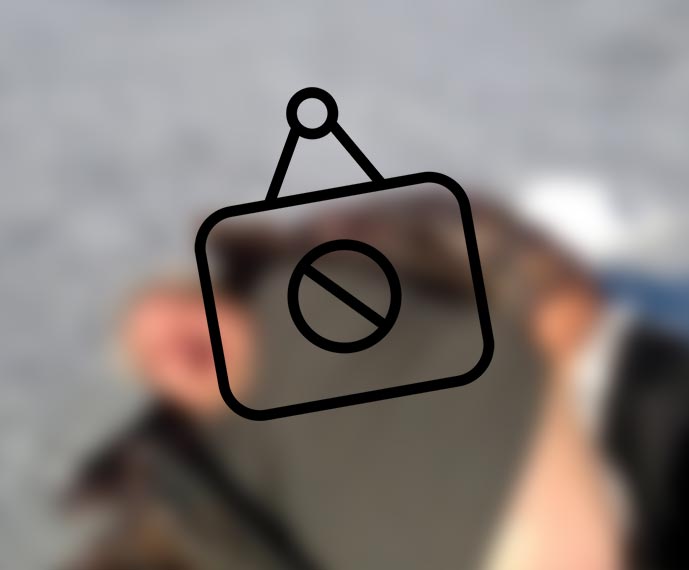First discovered 368 years ago this week by Galileo, Saturn's largest moon – Titan – is the sole other place in the solar system known to have an earthlike cycle of liquids raining from clouds, flowing across its icy surface, filling lakes and seas, and evaporating back into the sky. Beneath the thick ice surface, evidence suggests there is a water ocean that could potentially harbor life. Primarily composed of nitrogen, Titan's thick atmosphere suggests the moon formed early in our solar system's history.
We are preparing to study the Earth-like moon in-depth with Dragonfly – an 8-bladed rotorcraft targeted for launch in 2027 and arrival at Titan in 2034, which will search for the building blocks of life. Like Earth's Moon, the same side of Titan faces Saturn as it orbits the gas giant – known as tidally locked. Our Cassini spacecraft captured this image of the Saturn-facing side of Titan at 134,000 miles (216,000 kilometers) in 2012.
